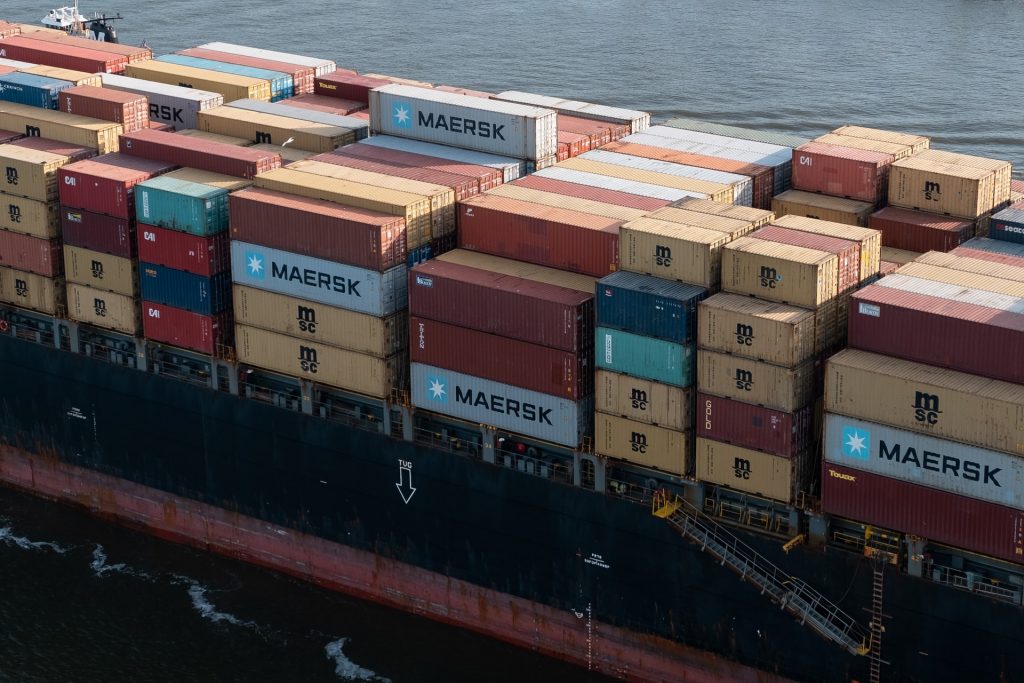
Many people, including those at Customs and Border Protection (CBP), recommend that, as an importer, you obtain rulings from CBP on the HTS classification of your imported merchandise, that it’s part of exercising Reasonable Care. Some importers even see classification rulings as a normal course of business, obtaining them for all commodities.
I take the contrarian view that you should NOT pursue classification rulings. OK, maybe as a last resort; more on that later. Crazy, right? Because consultants like me can make a lot of money obtaining rulings for my clients.
A binding ruling is, well, binding
First, when you obtain a classification ruling, it’s binding on all imports of that commodity, which is why it’s often called a ‘binding ruling’. Get a bad ruling, and it can work against you. You might end up binding yourself to a higher rate of duty.
I once did some work with a company where I questioned the HTS classification they were using and the duties they were paying. I thought it should be something different and duty-free. They said that the classification was based on a ruling obtained by their customs broker and that they’d never questioned it. We ended up protesting a couple of years’ worth of entries, obtaining a new ruling to overturn the bad one, and recovering millions in duty refunds. It’s often more work to reverse a bad ruling than it was to obtain that bad ruling in the first place.
A potential compliance gap
Second, when you have a ruling, you must reference that ruling on all Customs Entries of that commodity. Failure to do so can be considered a violation of Customs Regulations. 19 CFR 177.8(a)(2) says, in part:
“Any person receiving a ruling setting forth the tariff classification of merchandise shall set forth such classification in the documents or information filed in connection with any subsequent entry of that merchandise; the failure to do so may result in a rejection of the entry and the imposition of such penalties as may be appropriate.”
When you change customs brokers, or sometimes when another staff member in the same customs broker’s office starts handling your entries, the process of reporting rulings on customs entries can fall through the cracks. In an audit – ooh, bad word, I mean a Focused Assessment – I’ve known CBP to specifically look for entries of any product that has a ruling. This is low-hanging fruit for them. It’s also why my advice to customs brokers, when taking on a new client, is to search the Customs rulings database for rulings for that importer. Sometimes importers don’t even know they have a ruling.
What you should do
The wrong way to request a ruling is to just fill out the online form, “Here it is. What is it?” That’s how you can end up with that bad ruling mentioned above.
Instead, you should essentially determine the classification you believe is appropriate. Document your process through the General Rules of Interpretation at the beginning of the HTS, review of the Section and Chapter Notes, checking the Explanatory Notes if you have access to them, searching for similar products in the rulings database. A proper ruling request is a multi-page document that builds a defensible case to support your conclusion.
Then stop. Don’t send it off to CBP.
If you’ve done all of this, I would argue that you have fulfilled your Reasonable Care requirement. Just file your documentation away and use your classification. That’s your ammo. Keep your powder dry. Then pull it out if CBP should ever challenge your classification. There’s a very good chance that copies of your documentation will be sufficient to win your case.
But if you find yourself at an impasse with CBP, then take your documentation, and after polishing it up, seeing that it’s up to date, checking if there are some new rulings in the database, and only then, file that rulings request. The online ruling request form allows you to upload your supporting documentation.
Or work with a Trade Compliance Geek.

